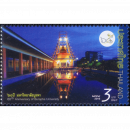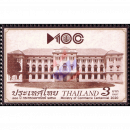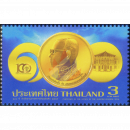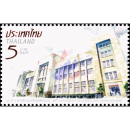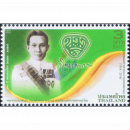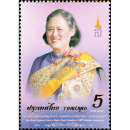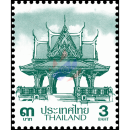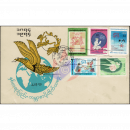Description
Opr. (2x5 and 2x2); A = perf. K 13 1/4; B = imperforated
Single Stamp, Issue date: 14/03/2016
Picture descriptions:
esb) Ananta Samakhom Throne Hall (built 1908-1915)
3563 A 5 B multicolored esb
Quantity: 500,000 pieces
Designer: Ms. Mayuree Narknisorn (Thailand Post)
Printer: Thai British Security Printing, Bangkok
Conservation status:
Here as a "MINT NEVER HINGED (MNH)" perforated Single Stamp
Issue Notice:
- The sheetlets, (KB), have the following border colors:
- Small sheet II, KB(II), blue
- Small sheet III, KB(III), light ochre
- Small sheet IV, KB(IV), grey
- Small sheet V, KB(V), light brown-yellow
- The Small Sheet´s III, IV and V come from sales packs.
- The Ananta Samakhom Throne Hall is a former reception hall within Dusit Palace in Bangkok, Thailand. It was commissioned by King Chulalongkorn (Rama V) in 1908. The building was completed in 1915, 5 years after Rama V's death in 1910. It now serves as a museum and is from time to time employed for certain state occasions.
- One year after the completion of the Amphorn Satharn Villa within the Dusit Palace in 1906, King Chulalongkorn (Rama V) commissioned the construction of a reception hall to replace the one built during the reign of King Mongkut (Rama IV.). The building in Italian Renaissance and neoclassical style was commissioned to the architects Mario Tamagno and Annibale Rigotti. Marble from Carrara, Italy and other foreign materials were used. Italian sculptor Vittorio Novi, who would later also work on the Mahadthai Udthit Bridge, was employed with his nephew Rudolfo Nolli.

